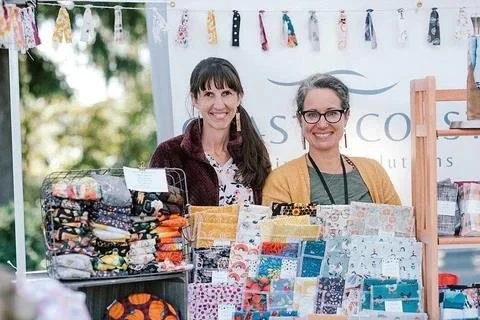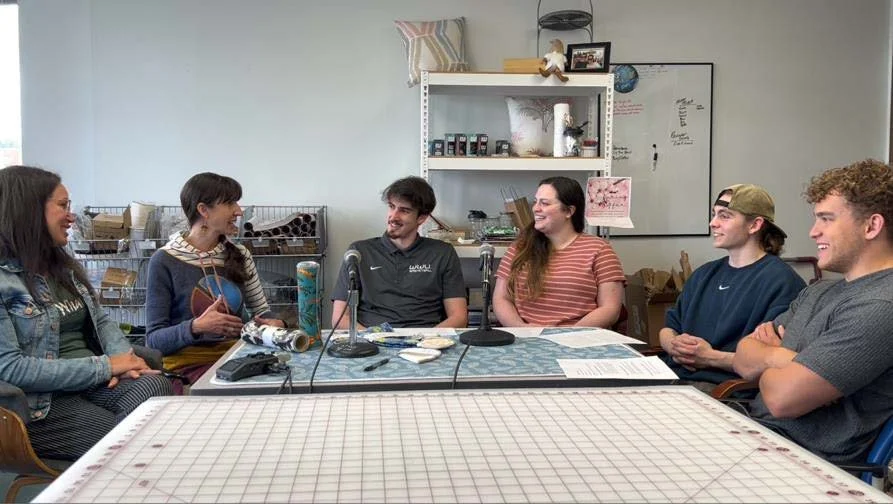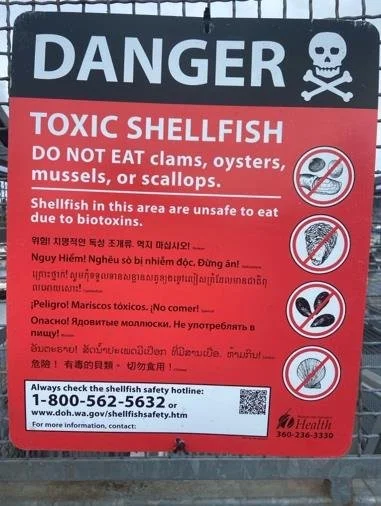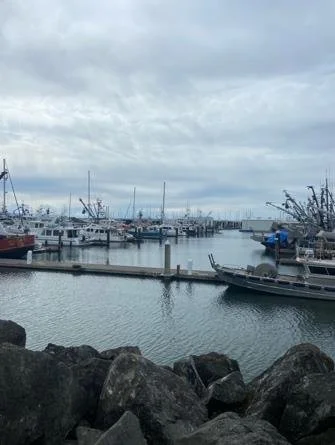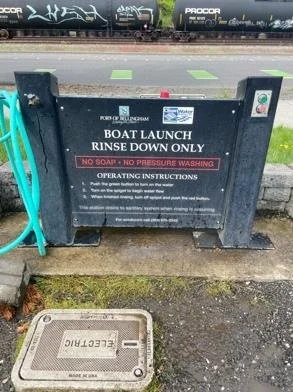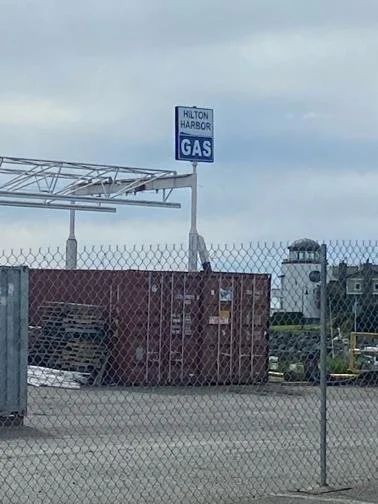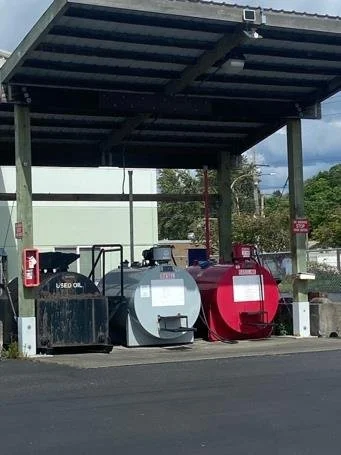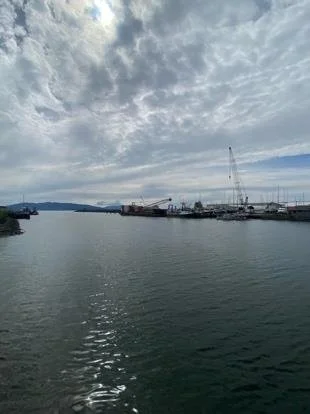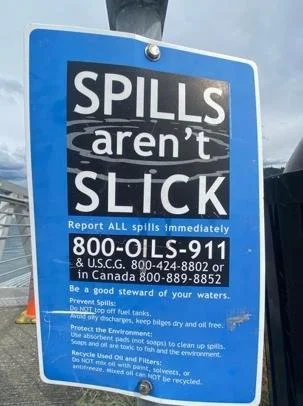Wrapping Sustainability - Coast to Coast Sustainable’s
With Stephanie Manning and Stephanie Torres
Caught and Woven By: Colby Love, Charlie Dietiker, Austin Ellison and Brooke Organ
Our podcast interview with Coast to Coast Sustainable's features an inspiring conversation with co-founders Stephanie Manning and Stephanie Torres as they share the story behind their environmentally conscious venture. From their pandemic-era beginnings to their ongoing mission to reduce waste and promote sustainable living, this episode highlights their passion, purpose, and plans for the future.
Coast to Coast Sustainable and Bellingham Pollution Photo Blog:
Nestled along the shores of downtown Bellingham, the waterfront is a place where recreation, industry, and nature converge. But behind the scenic views and busy marinas lies a complex environmental story—one of runoff, residue, and rising concern.
This photo blog explores the visible and hidden impacts of pollution along the Bellingham Bay shoreline, highlighting both the challenges this vital ecosystem faces and the local efforts to protect it. Alongside our documentation of environmental risks and infrastructure, we had the opportunity to interview Stephanie and Stephanie, founders of Coast to Coast Sustainables, whose mission is to create eco-conscious alternatives for everyday products. Their inspiring journey and commitment to sustainability showcase how community-driven innovation can contribute to cleaner waters and a healthier planet.
Through this project, we aim to raise awareness, share community solutions, and spark conversation around sustainable practices in our coastal environments.
Location: Bellingham Washington Waterfront
Focus: Environmental Risks, Infrastructure, and Pollution Awareness
1. Behind the Mic with Coast to Coast Sustainables
In this snapshot from our podcast interview, our team sat down with Stephanie and Stephanie, co-founders of Coast to Coast Sustainables. Their journey from hand-sewing masks during the pandemic to building a full-scale sustainable product line is a testament to purpose-driven entrepreneurship. Surrounded by creativity and passion in their workspace, we discussed their past, present, and hopes for the future of green business. Stay tuned for the full episode!
2. Toxic Shellfish Warning Sign
Caption: A multilingual public health warning sign prohibits shellfish harvesting due to toxic biotoxins.
Description: The sign is posted by the Washington State Department of Health. It reflects the consequences of water pollution on marine life and public health. Biotoxins often arise from algal blooms fueled by nutrient runoff, illustrating a chain reaction of environmental impact.
3. Heavy Boat Traffic and Congestion
Dozens of boats docked in a tight configuration at the Bellingham marina.
The density of vessels in this area contributes to pollution risks, including accidental spills, fuel leaks, and greywater discharge. The high traffic underscores the need for comprehensive marina management policies and cleaner infrastructure solutions.
4. Boat Rinse Station Signage
Instructions for a rinse-only station installed to prevent soapy runoff.
This station, installed by the Port of Bellingham, shows an attempt at environmental stewardship. However, without enforcement or awareness campaigns, compliance is inconsistent. Passive filtration systems could complement these efforts to catch what signage can’t prevent.
5. Fueling Zone at Hilton Harbor
Hilton Harbor’s fueling station sits just yards from the water, enclosed by fencing but with minimal secondary containment.
Proximity to water, combined with exposure to rain and human error, creates a high risk for runoff and contamination. Improved storage practices and on-site oil-capture technology could help mitigate risks.
6. Used Oil and Fuel Tank Storage
Tanks labeled “Used Oil,” “Diesel,” and “Gasoline” are stored near the marina.
While sheltered, the tanks appear weathered and show signs of use without visible containment pans or berms. Proper safeguards are essential in protecting nearby waterways from leaks and spills.
7. Construction and Industrial Activity Nearshore
Cranes and vessels used for construction and commercial shipping docked near the marina.
Heavy industry along the waterfront further increases pollution risks, especially when safety standards are not closely monitored. Any mishap could lead to serious impacts on the water quality and marine life of Bellingham Bay.
8. “Spills Aren’t Slick” Public Awareness Campaign
A public information sign urges boaters to report and prevent oil spills.
This message supports prevention, but without consistent oversight or accessible cleanup tools at hand, spills can go unaddressed. The image reflects the need to shift from awareness to action.

